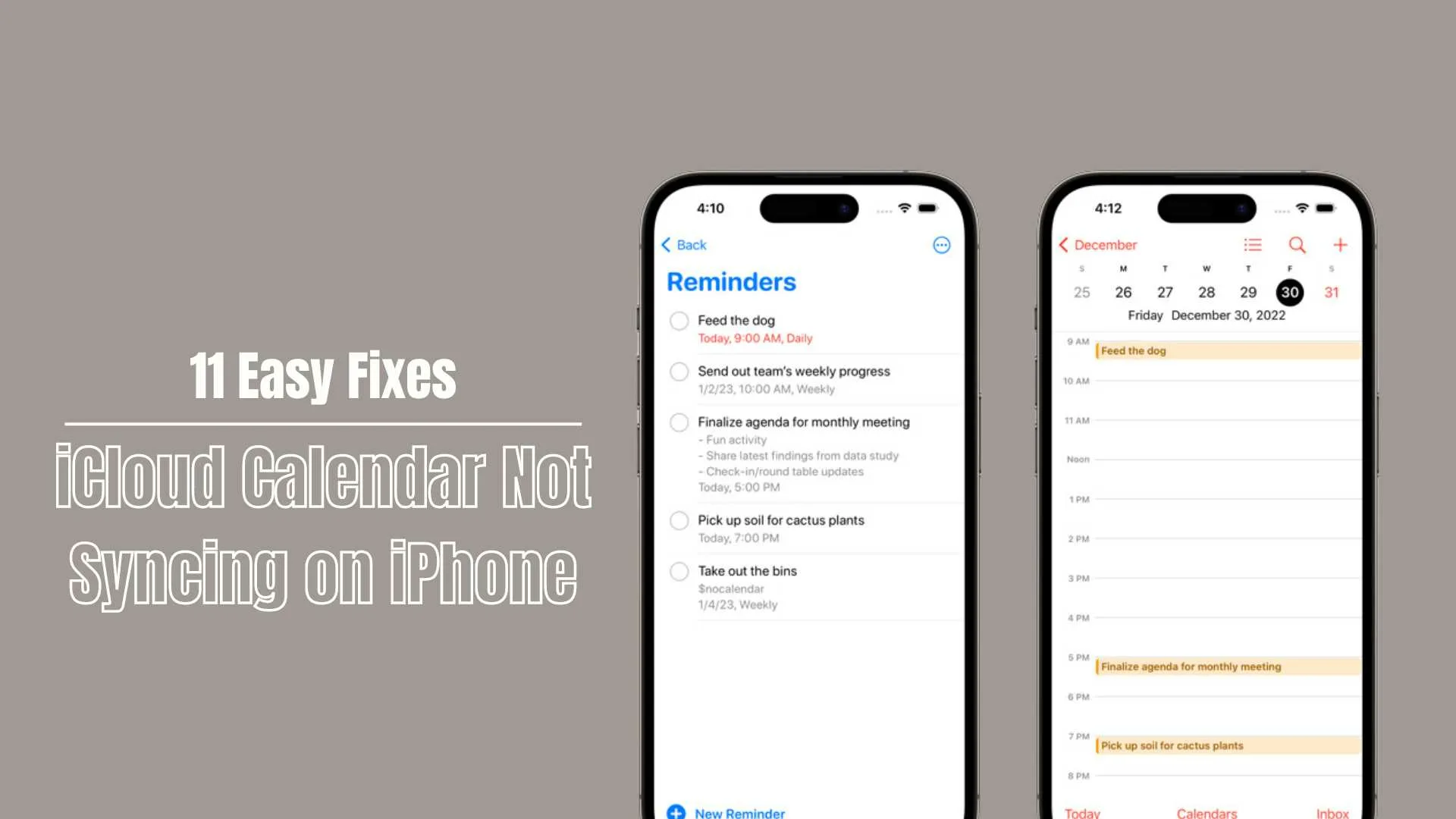
An Apple VR/AR headset was rumored for almost six years and is now available. The Apple Vision Pro headset is launching eight months after Apple debuted it at WWDC.
The projected headset will enhance mixed reality. Apple calls the Vision Pro the “most advanced personal electronic device ever.”
According to insiders, Apple sold 200,000 devices in the first 10 days of pre-orders, which began on January 19. The device costs $3,499.
Does the Vision Pro justify its cost? Details about the company’s latest product, including specs, functionality, and our editors’ firsthand experiences, are here.
The Apple Vision Pro’s appearance and feel?

Apple Vision Pro design differs from many AR/VR headsets. The headset is connected to an iPhone-sized external battery pack via a wire.
Thus, Apple Vision Pro users must carry the battery and deal with a dangling connection.
Apple made the Vision Pro headset lighter than competitors by using a connected battery arrangement. Apple claims this setup will eliminate VR headset discomfort after prolonged use.
The Vision Pro looks like ski goggles and features a curved front with an external screen for eyesight.
A unique aluminum alloy frame holds three-dimensionally shaped, laminated glass on the headset’s front. For maximum comfort, the soft textile Light Seal and three-dimensionally knitted headband come in several sizes.
It has Apple’s M2 chip, 12 cameras, five sensors, six microphones, Siri, and two OLED displays with 23 million pixels (more than a 4K TV for each eye). The headset has the new R1 chip, which operates parallel to the M2 chip to eliminate lag.
The headset’s personalized spatial audio uses two amplified speakers per audio pad to customize sound based on head and geometry.
The headset incorporates an Apple Watch-like crown for switching between AR and VR. The headset has a picture button on top and a knob for customizing fit.
The headset uses voice commands and eye and hand tracking, a function that other headsets are slowly adopting. Users may pinch to pick and flick to scroll.
Vision Pro uses VisionOS, a new Apple operating system that mirrors iPadOS, bringing Apple’s apps and services ecosystem to the headset. This operating system was designed for spatial computing.
What is the Apple Vision Pro headset capable of?

In mixed reality, the headgear can operate Apple apps including Books, Camera, Contacts, FaceTime, Mail, Maps, Messages, Music, Notes, Photos, Safari, and more. The headgear launches with 600 additional apps, including Zoom, Microsoft 365, Slack, Todoist, and more.
Apple promises the apps will seem natural in your environment. Thus, moving apps resemble moving objects. Jason Hiner of ZDNET wrote that moving things became second nature after his 30-minute hands-on session.
“Within five to 10 minutes, I was rapidly opening and closing apps, scrolling up and down and right to left, selecting things, and moving apps and windows around in the space in front of me,” said Hiner. “By the end of the demo, I was doing all of this without giving it much thought and with a lot of accuracy and confidence.”
Immersive video, which immerses consumers in the video, is one of the device’s main draws. The headset lets you stream a movie and watch it on a large screen at the beach with rich spatial audio.
To maintain compatibility with your favorite apps, the Vision Pro headset is compatible with third-party streaming services. Disney+, ESPN, Amazon Prime Video, Paramount+, Peacock, IMAX, and MUBI are available.
Hiner calls spatial video for watching iPhone videos one of the headset’s best features.
“The difference between regular photos and videos and spatial photos and videos is almost like the leap from black-and-white to color in photographs and film, although this may be an even bigger jump,” said Hiner.
You can use the headset for work. Mirroring your Mac’s screen onto the AR interface turns the headset into a 4K external monitor.
FaceTime for Vision Pro provides collaborative videoconferencing, so you may work on projects with coworkers. People on the call have “life-sized” tiles, and their audio derives from their tile position, making talks more genuine.
Apple says the callers see the Vision Pro wearer’s “digital persona,” which employs machine learning to reflect their facial and hand motions in real time. Click below to watch Hiner and ZDNET Reviews Editor June Wan FaceTiming with their digital avatars.
The headset scans your face to generate a lifelike, depth-filled character that moves with you on FaceTime chats. Third-party conferencing tools like Zoom and Microsoft Teams improve video calling.
How much is Apple Vision Pro?

The Vision Pro’s base storage model costs $3,499, setting it apart from Meta, HTC, and other sub-$1,000 makers.
The $3,699 512GB and $3,899 1TB storage variants are also available from Apple. The box contains the headset, battery pack, Dual Loop Band, cover, light seal cushion, polishing cloth, USB-C Power Adapter, and USB-C Charge Cable.
In addition to storage changes, eyeglass wearers must pay $99–$149 for Zeiss Optical Inserts.
Optional extras include Apple Care+ for $499 or $24.99 per month and the Vision Pro’s $199 Travel Case.
The Apple Vision Pro box contains what?
The $3,499 purchase includes the headset, battery pack, Dual Loop Band, cover, light seal cushion, polishing cloth, USB-C Power Adapter, and USB-C Charge Cable. See Hiner unbox the device.
Can glasses be worn with Apple Vision Pro?

The Apple Vision Pro was not designed to fit glasses, making it uncomfortable and possibly damaging.
Apple sells Zeiss Optical Inserts because you need vision to use the headset. They cost $100 to $150, thus glasses wearers should consider the lens cost before buying.
How does Apple Vision Pro compare to Meta Quest 3?
Since the Apple Vision Pro is a premium headset, it costs seven times more than the $500 Meta Quest 3.
Besides price, the headsets’ displays, weight, CPUs, controllers, and more determine their optimum uses and biggest benefits.
To determine which headset is best for you, read Wan’s comparison.
How does Apple Vision Pro compare to Meta Quest 3?
Since the Apple Vision Pro is a premium headset, it costs seven times more than the $500 Meta Quest 3.
Besides price, the headsets’ displays, weight, CPUs, controllers, and more determine their optimum uses and biggest benefits.
To determine which headset is best for you, read Wan’s comparison.





